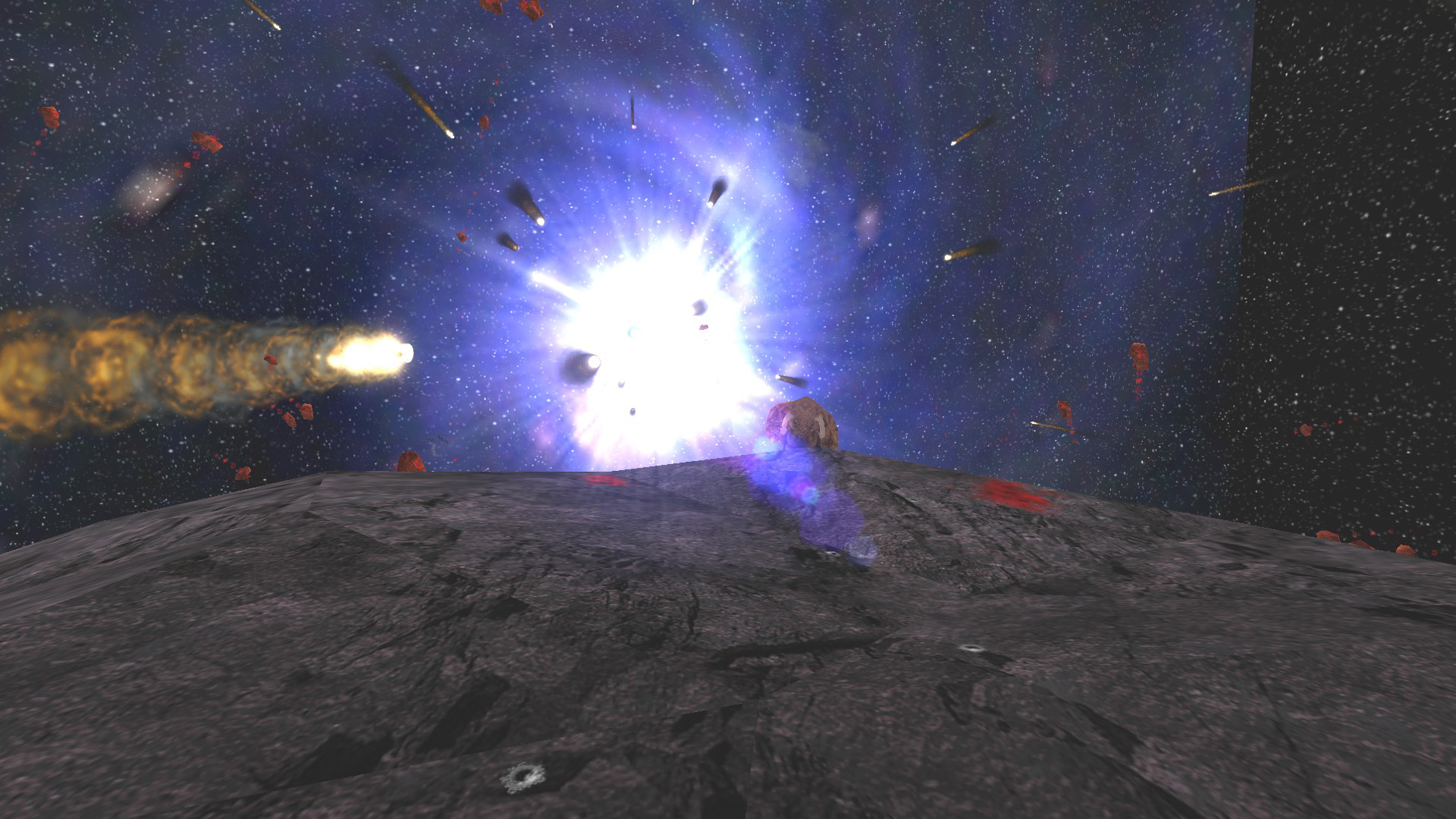

Unfortunately, the same is true for pretty much every newly established element, where it requires guessing or failure to assume what the latest symbol indicates. Except, because it hadn’t done that bit of Hexcells yet, I guessed right. I can think of no fathomable reason why I should immediately and innately assume a double-green line inside a hex means that the number now applies to not adjacent cells but those in encircling hexes two layers deep. Levels are less meticulously designed perfection, and more sprawling expanses, roamed across in a much more Minesweepery fashion – except, crucially, driven only by logic and reason, not stupid guessing.Īt the same time, it rather naughtily leans on a lot of assumed knowledge from Hexcells players, in its attempts to be wordless as it expands it’s rules. Hexceed actually leans a little further into the overlapping space in that Venn diagram, and impressively, to good effect. But I do concede there is some common ground, if only in the premise that the numbers in hexagonal tiles indicate the number of “bombs” that cell is adjacent to. I was always a little frustrated by Hexcells’ comparisons to Minesweeper, since the former is the greatest logic puzzle game ever made for computer, and the latter is a tedious game of chance only enjoyed by the dangerously foolish. And yes, my instincts were correct: this is a wanton rip-off of Hexcells, that absolutely highlights its inspiration’s glory through its own lack, but hell, I’m still playing. Nobody needs to be told about a game they’d never hear about otherwise, only to be told why they didn’t need to hear about it. It’s so very blatantly a Hexcells rip-off that it was all I could do not to just write about how usefully it highlights the brilliance of Hexcells in all the ways it’s not as good as it. You’ll be well aware that you’ve played them before, but you won’t remember the solution, so it just becomes frustrating.If I may be indelicate for a moment, I was pretty certain I wasn’t going to write about Hexceed. You’ll spend a lot of time later on going back to old levels to get better scores. And I mean really good, because the number of points you need to unlock world six seems unnecessarily high. These points are used to unlock the new worlds, so you’ll have to be good at the game to see later levels. However the game is tallying up your mistakes as you go, and you get fewer points at the end of each level if you’ve made too many. It’s not hard to complete levels by brute forcing your way through, because you know that if you left click a hex and it’s wrong, then right clicking will be the correct course of action. I’d advise only starting the Infinite mode if you’ve completed a good portion of the main mode however, as some of the random puzzles it can generate are fiendish to say the least.Įven about half way through the main mode, you’ll be left scratching your head over some of the levels. You can generate a random seed of eight numbers, choose the numbers yourself or even use today’s date, which is a novel idea. Technically the number isn’t infinite, but there are more than you’ll ever be able to complete in a lifetime.

“That’s only 36!” I hear you cry, “Why is it called ‘Infinite’?” The 36 puzzles are simply the main game mode, what Infinite has added over its predecessor is the ability to generate random puzzles. There are six ‘worlds’ in total, each with six puzzles to uncover in each. Thankfully the game has good tutorials every time a new puzzle mechanic surfaces that teach you what’s going on very well. Got all that? It sounds confusing, and it kind of is unless you see it in action. To complete the puzzle, you simply have to unearth all the hexes while making as few mistakes as possible.

If the number is surrounded by hyphens, then the blue hexes cannot be next to each other. If the number is surrounded by curly brackets, then the blue hexes are conjoined. A number on a blue hex tells you how many other blue cells are in a two hex radius. A number on one of the black hexes lets you know how many blue tiles are connected to it. You are aided by numbers around the shape or on the black tiles.Ī number outside the shape lets you know how many blue tiles are in that corresponding row. Left click if you think it’s blue, right click if you think it’s black. You have to use logic to figure out which it will be. Underneath the orange it is either blue or black. You’re given a shape of tessellating orange hexes. Hexcells looks simple but it’s more complicated than it seems. So to the computer we go for a quick blast of brain teasing.


 0 kommentar(er)
0 kommentar(er)
